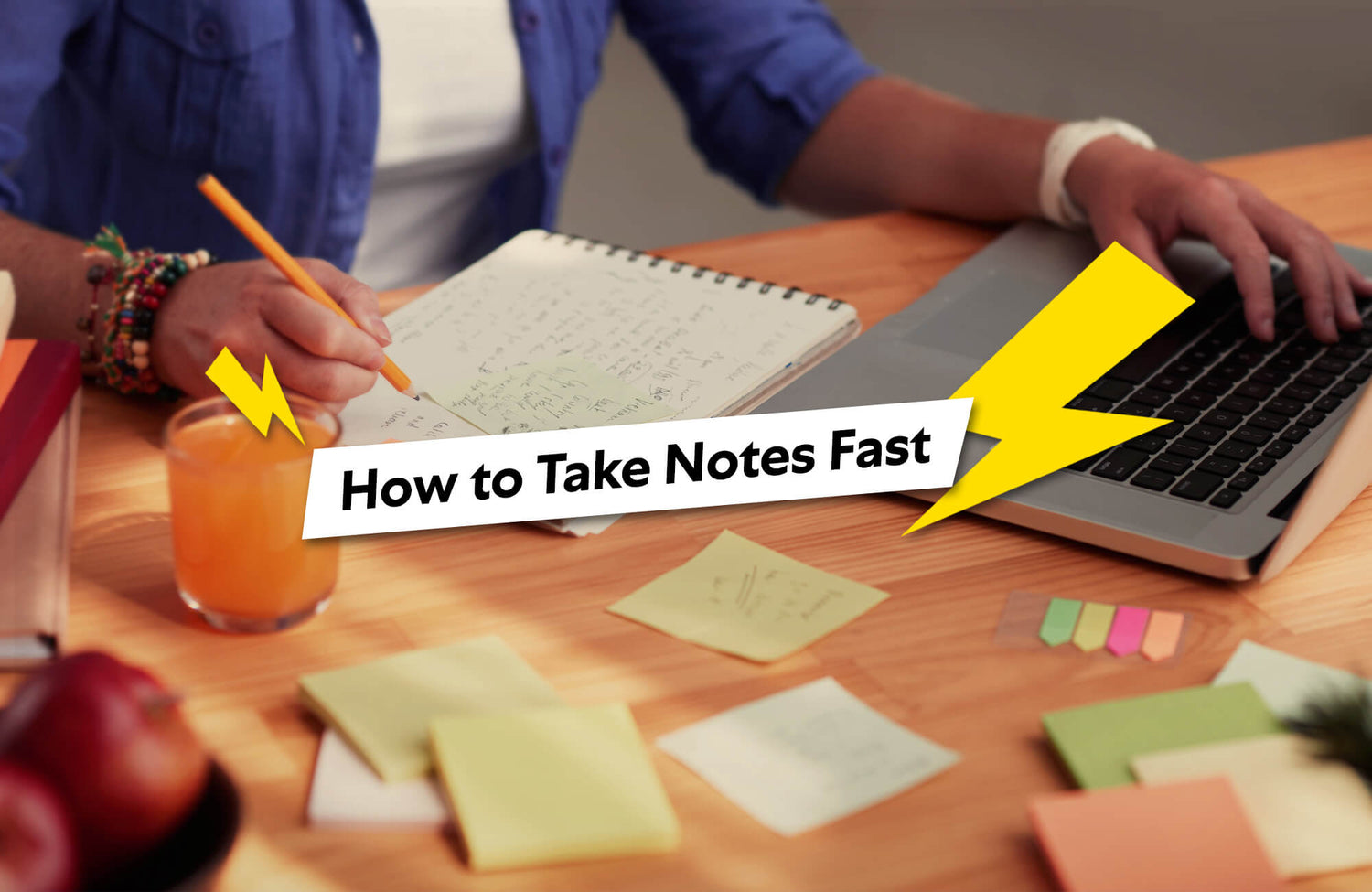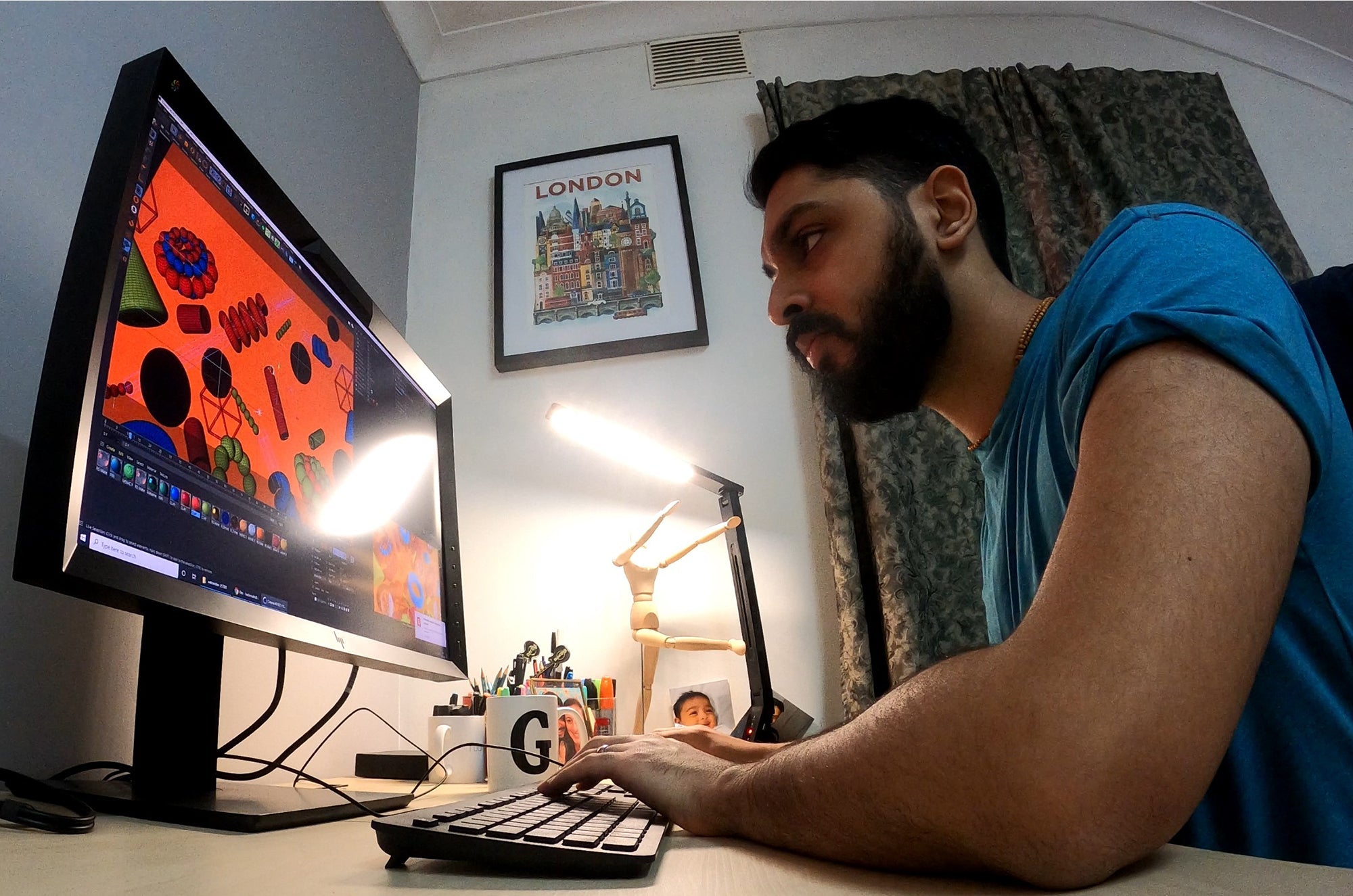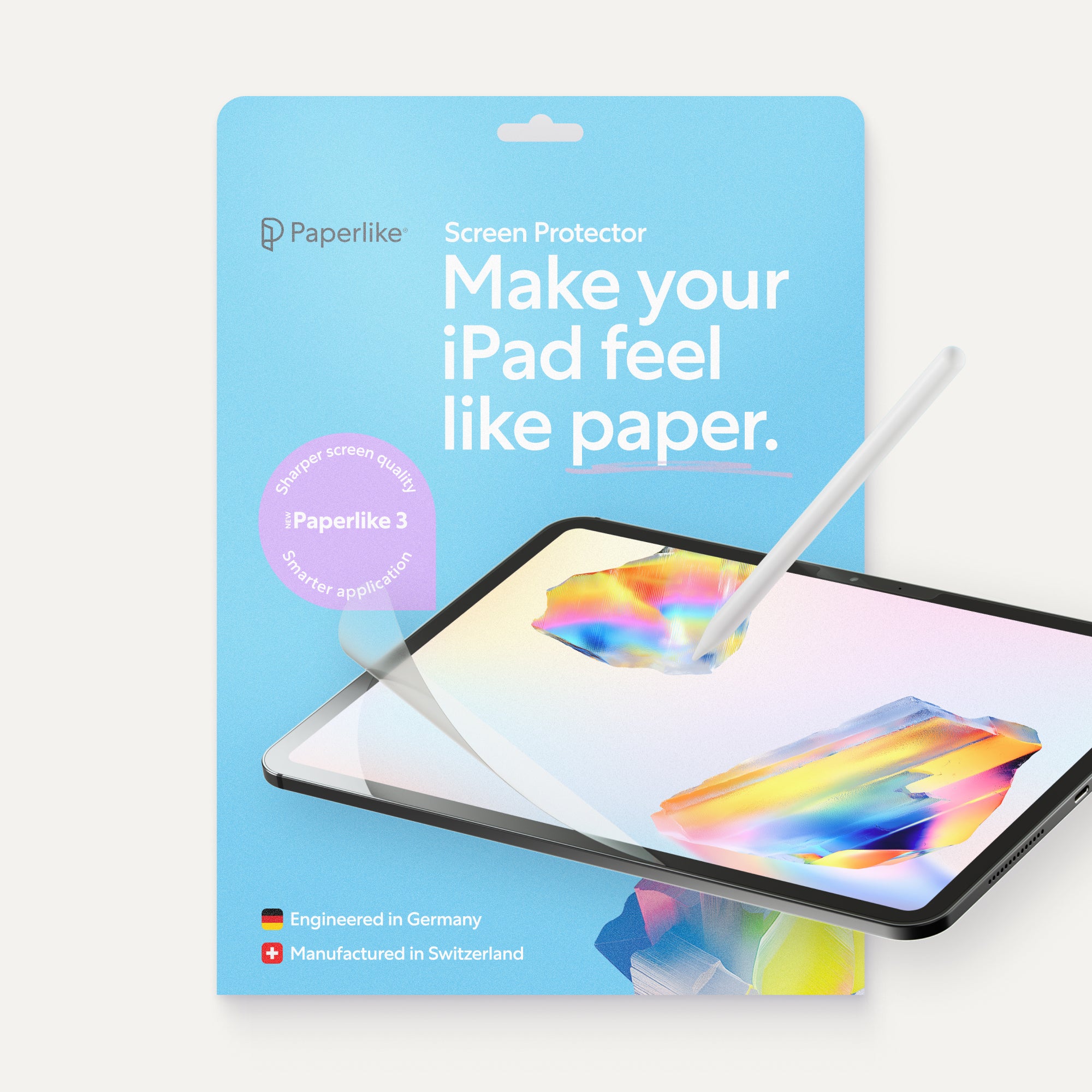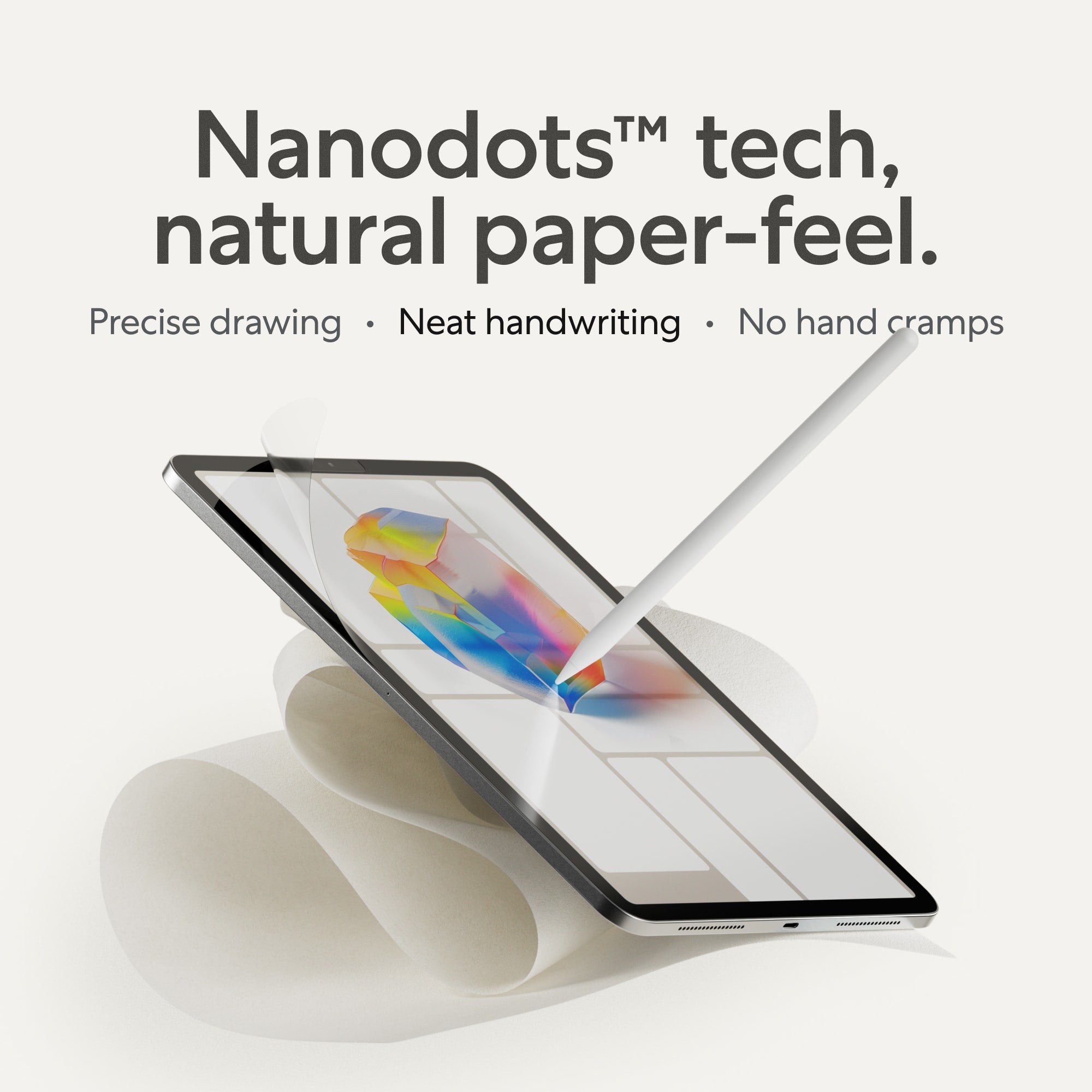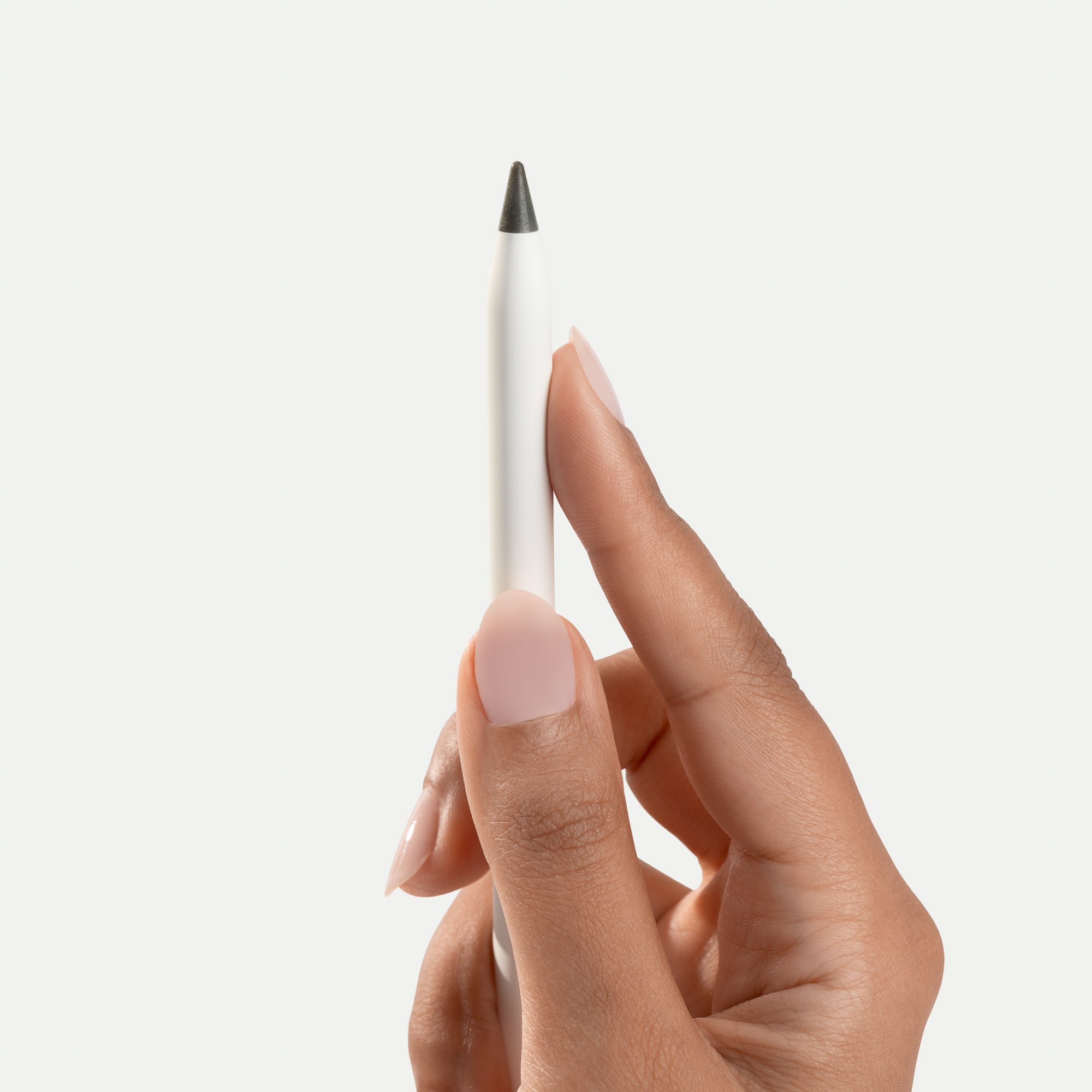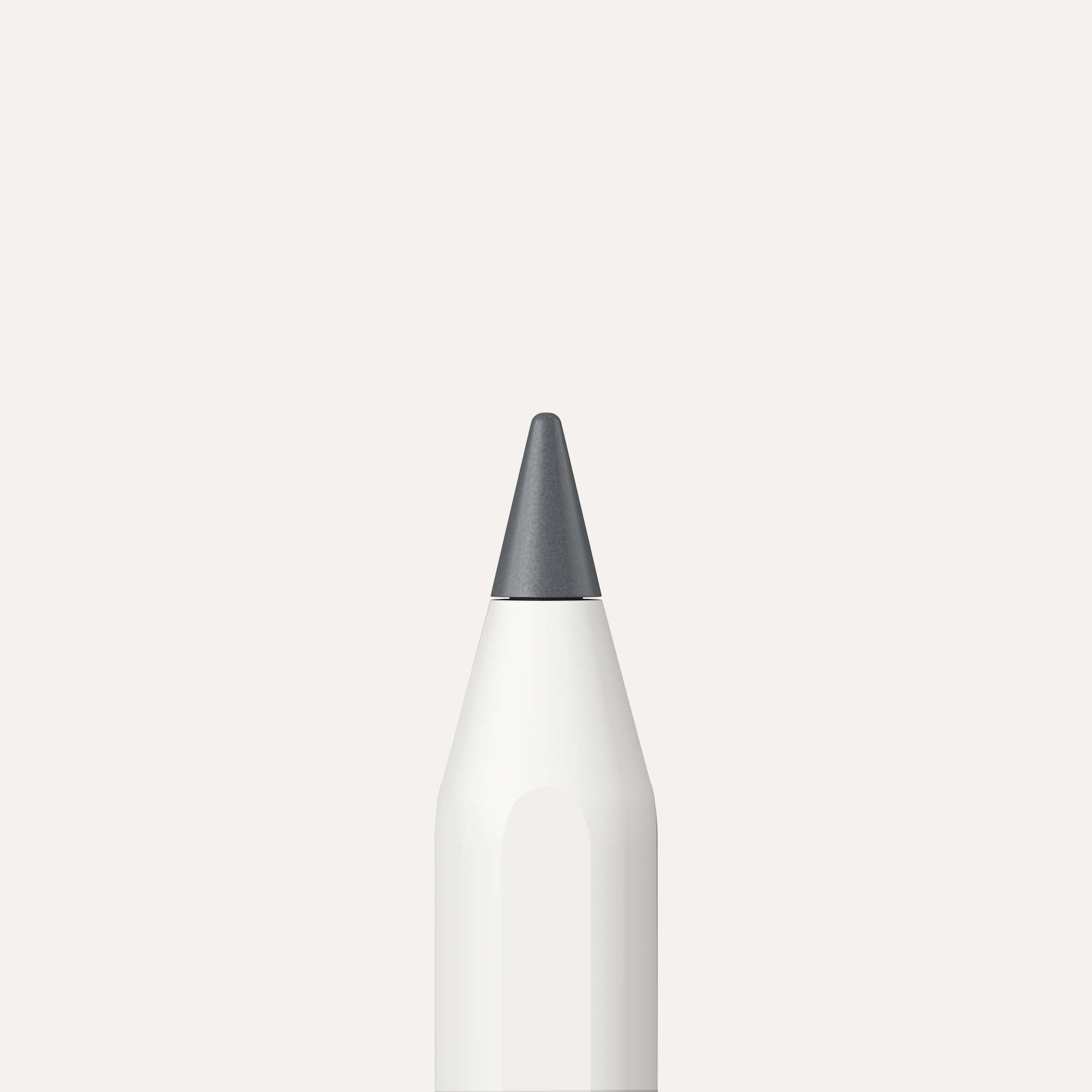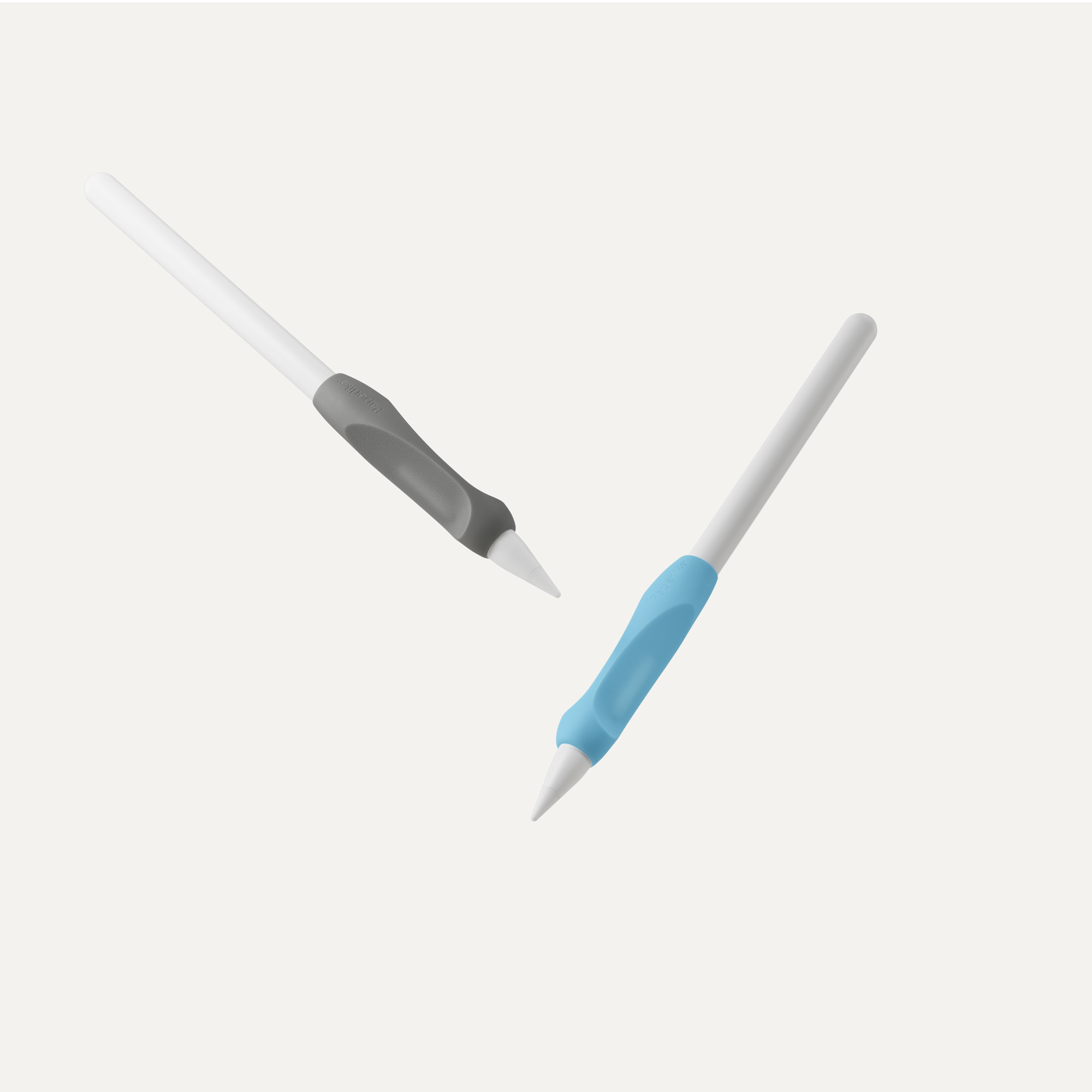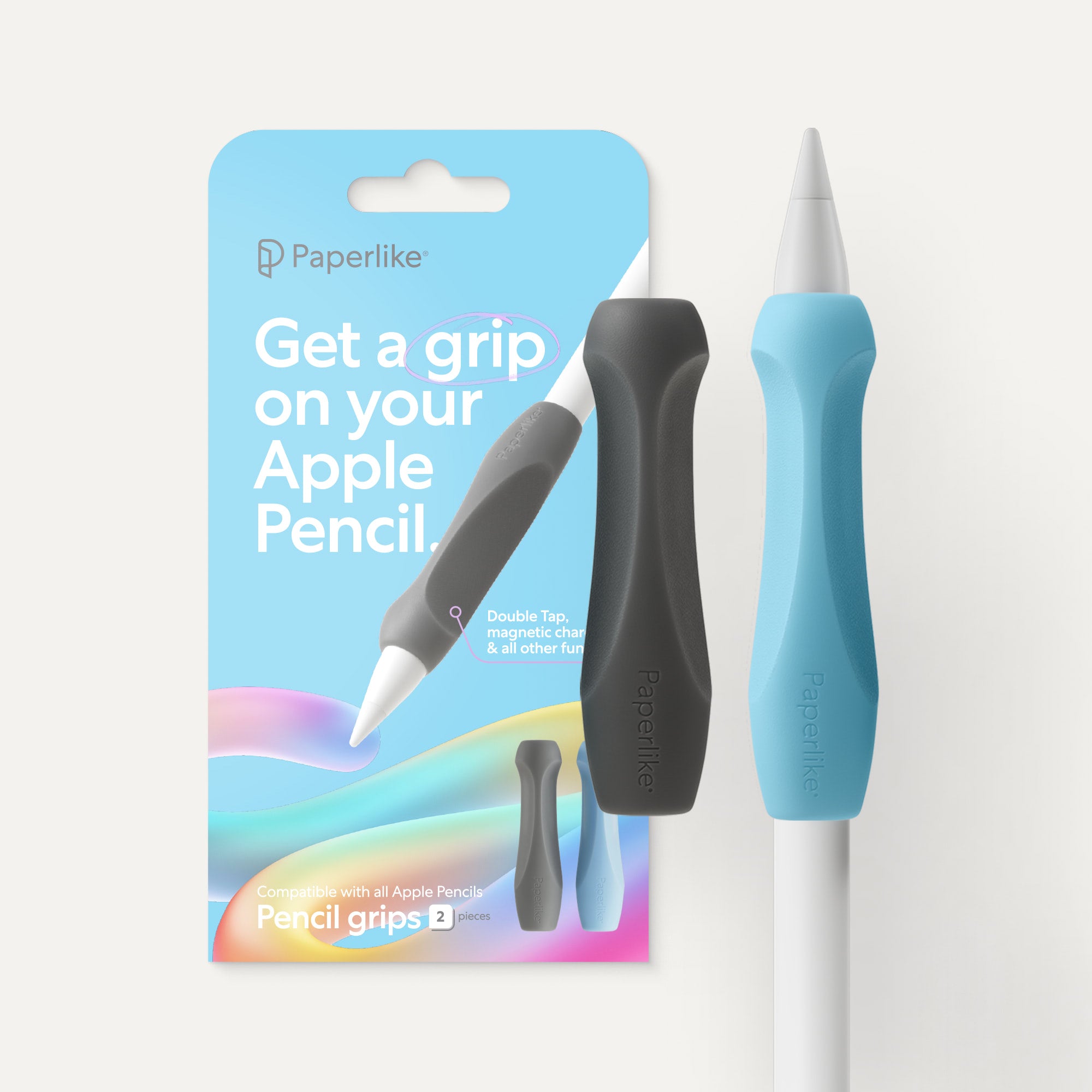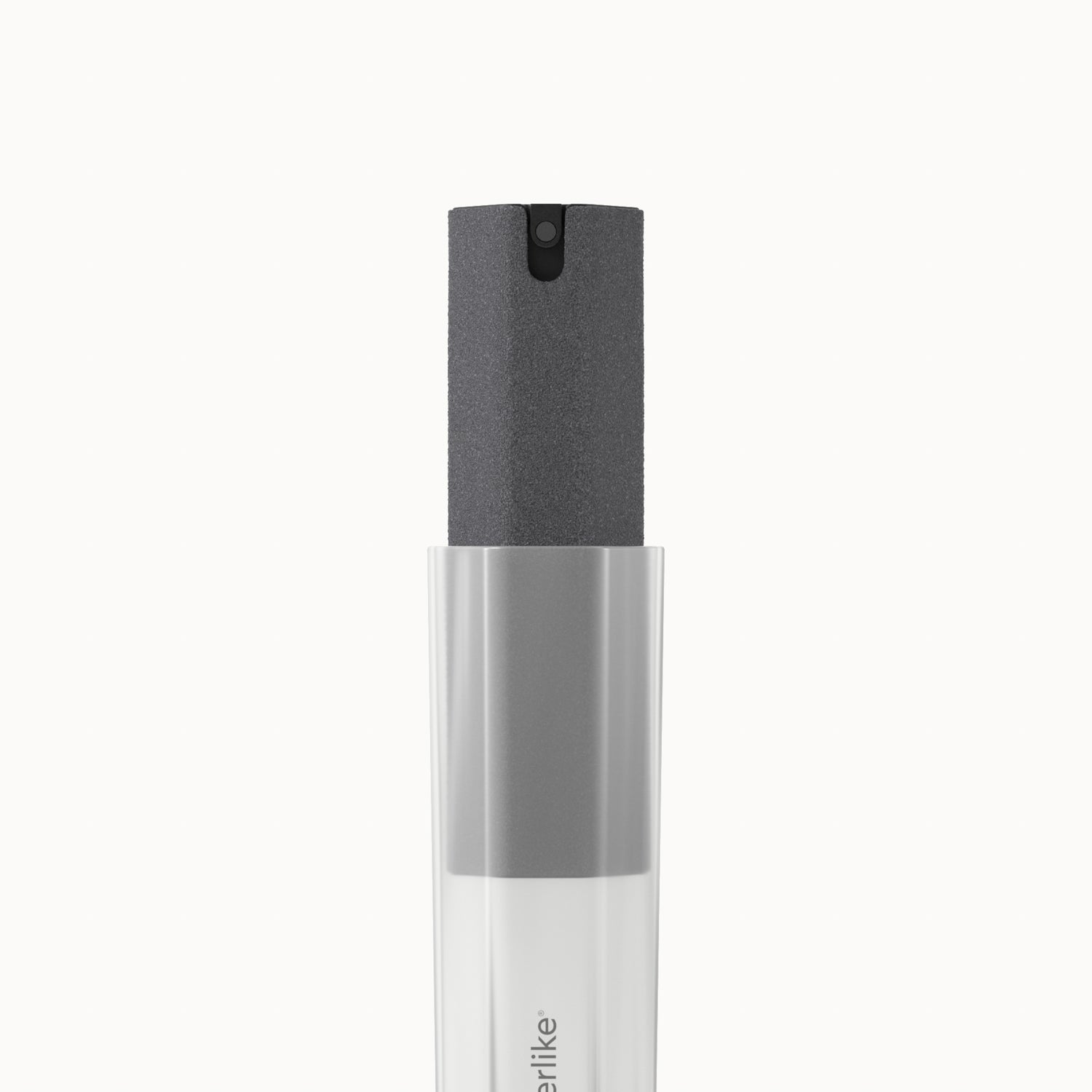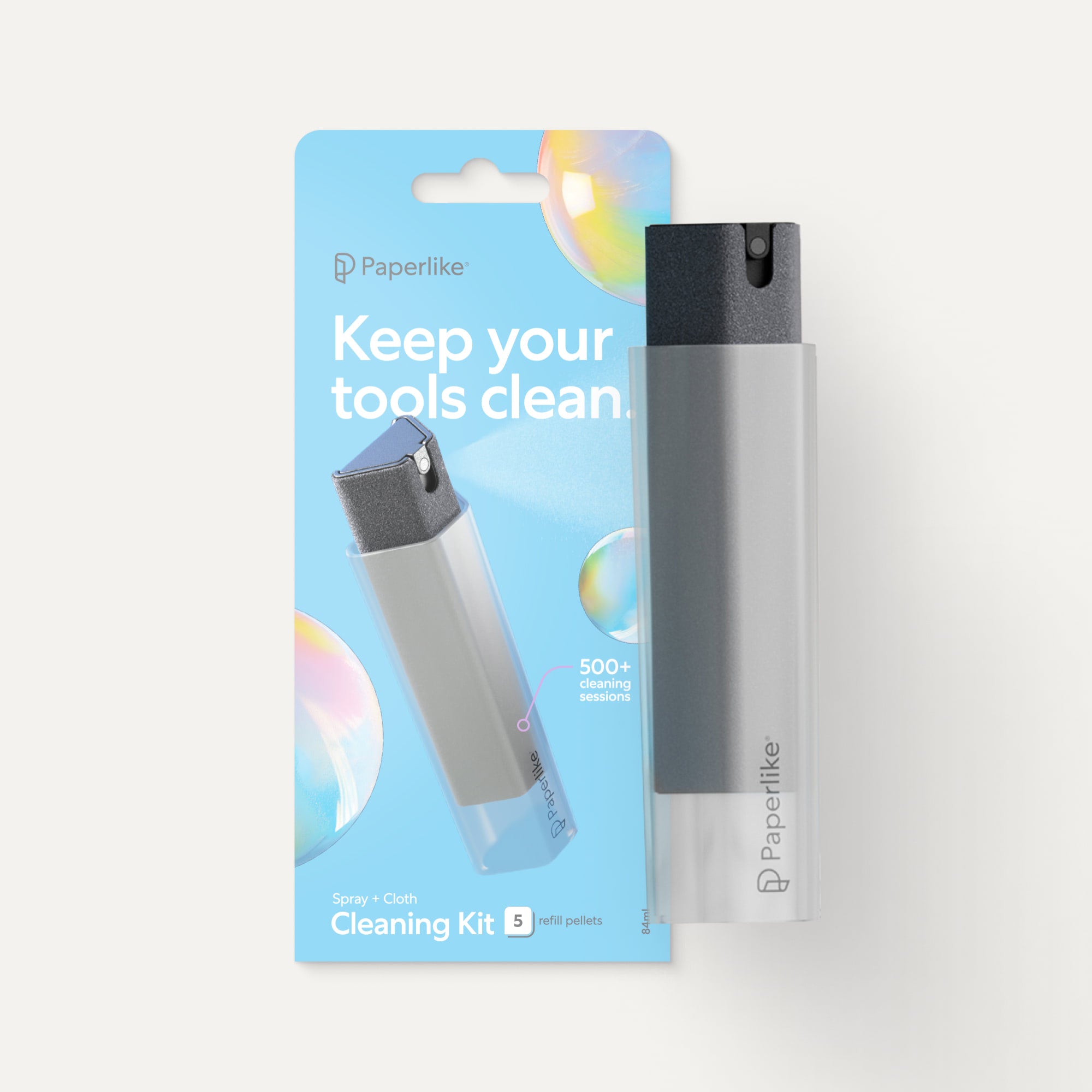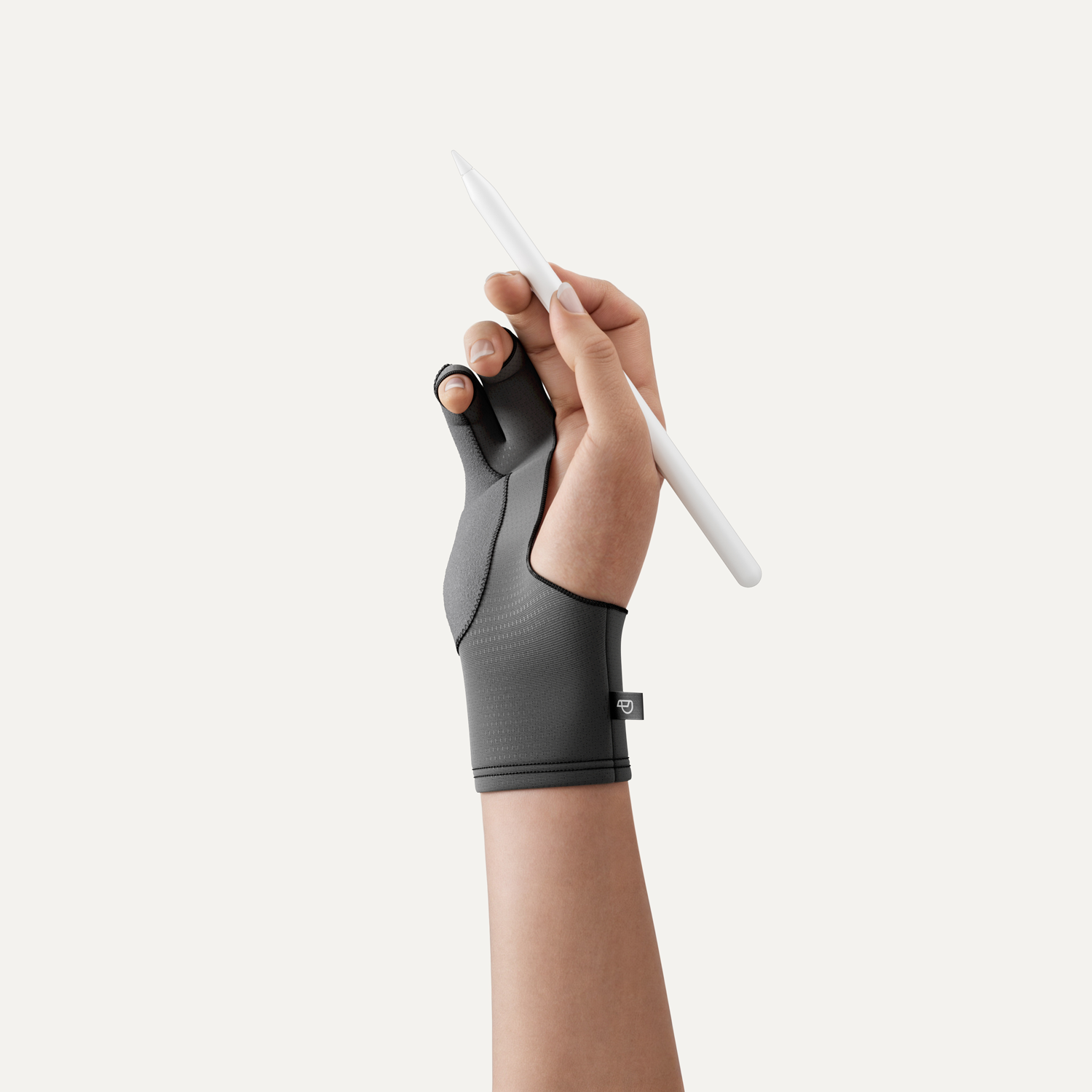Learning how to take notes the right way can be harder than you think.
Between lectures, reading assignments, homework, and supplemental learning, finding a good note-taking method can be a nightmare — especially if you don’t know where to look.
Some students bring a laptop to class and write down everything the professor says. As a note-taking strategy, this can help you compile a ton of notes, but it won’t help you learn!
Studies have shown that students using laptops actually have lower retention rates and perform worse on test scores than students who use traditional, handwritten methods.
But longhand is a painfully slow, analog process. It’s easy to miss something. So, what do you do?
Today, we’re going to show you how to take notes in the most effective way possible. We’ll discuss a few tried-and-true methods to better notes, and we’ll talk about how technology can help you take your note-taking skills to the next level.
Let’s jump right in.

1. The Cornell Method (Cornell Notes)
The Cornell method of note-taking was devised in the 1940s by a professor at Cornell University and is still promoted by the institution today.
The idea behind the Cornell method is pretty simple: The system is designed to give note-takers the ability to condense the main points of a lecture and still have room on the page to ask questions, draw conclusions, and summarize information.
As far as note-taking techniques go, this method is still one of the most effective. It divides a blank page into three separate sections:
- A Cue Column, which takes up about two inches of the left hand side of the page.
- A Note-Taking Column, which takes up all page space to the right of the Cue Column.
- A Summary section at the bottom for an after-class summary of the notes on the page.
You can see a full PDF of the method right here.
It’s worth pointing out that a more effective note-taking method doesn’t guarantee success. One study found that while the method does help students take better, higher-quality notes, it had no notable impact on student achievement.
Why use it?
If you don’t already have a note-taking system in place, Cornell Notes is an accessible option that can help you absorb and organize your information more quickly.
This method was designed to give students the ability to summarize key ideas in their own words and to draw conclusions based on that content.
This helps students condense and interpret their notes in a way that makes more sense — something that they don’t need to do when transcribing every word a professor says into a word processor.

2. Outlining Systems
If you’ve ever done any kind of outlining in high school, you know exactly what we’re talking about with the outlining method. Here’s a great example of how outlining works.
- Important Photography Terminology
- Shutter Speed
- Determines how long the internal camera sensor is exposed to light.
- Measured in fractions of a second (1/125, 1/800, etc.)
- Also called “exposure time”
- Depth of Field
- The distance between the closest and farthest objects in a photo that appears acceptably sharp.
- Determined by aperture settings.
- Aperture is expressed in f-values like f/1.4 or f/2.8
- Smaller numbers = wider aperture. f/1.4 is larger than f/11!
- Sensor
- The component inside a digital camera that captures the image.
- Replaced film
- Comes in multiple sizes
- Cropped
- Full-frame
- Shutter Speed
Outlining is one of the most common forms of note-taking — and for good reason. It’s simple, effective, and straightforward. You can list the main topic and then list all the important points just beneath it. This flexibility makes outlining especially effective when writing an essay or a research paper.
When outlining in longhand, you’ll still need to summarize your thoughts and draw your own conclusions (which adds value to your class notes), but the structure of a standard outline makes it easy to summarize main points and gather relevant details to make sense of complex topics.
The Harvard College Writing Center has a full breakdown of the outlining method and how to use it for essay writing.
Why use it?
Many students use this method because it’s the way they learned how to take notes. You write your main topic, add your bullet points to develop your key ideas, and move onto the next section.
Outlining systems tend to be flexible and all-encompassing. That’s why they’re one of the best note-taking methods out there. Outlines work for lecture notes, class handouts, textbooks, and more.
One of the reasons that the outlining system is so effective is because many common documents are built from outlines before they are written. With that in mind, it’s easy to use outlines to “reverse-engineer” the content into something that is both easy to understand and more appealing for visual learners.
However, there are some downsides. The same flexibility that allows outlines to remain versatile means that users also have some trouble when it comes to organization. Students must create outlines as the information comes to them. This means that, as more complex topics are introduced to the notes over time, it becomes easier for the student to lose track of key ideas.
Outlines also don’t work for extremely complex topics. As this guidance from Missouri State points out, the outlining method doesn’t work well in classes like math or chemistry, where formulas, graphs, and structures must be drawn. Once information becomes available that won’t fit into the outline, this system breaks down.
We suggest using the outline method for classes where lectures are streamlined and straightforward, and where the course content is prone to outlining. English and history classes are great examples. For classes with additional complexity, there are other note-taking techniques to consider.

3. Mind Mapping & Boxing Methods
If you’re a visual learner, using mind maps and boxing may be a way to help you take great notes. These methods involve connecting ideas using visual cues like lines and boxes.
Using a mind map, note-takers can divide a main topic into different branches of the main idea and then draw arrows and lines connecting those concepts. As a study technique, this is extremely effective. Studies have found that using mind mapping during study increases factual knowledge retention by 10-15%.
In a similar way, the boxing method encourages users to draw boxes around main topics or main points and to house all subtopics within the main box. It’s similar to the mind mapping idea, but the boxes and the grouping (rather than lines and arrows) represent connections.
Why use it?
In the past, mind maps and boxing methods have been at a distinct disadvantage to outlining and the Cornell approach. The reason is simple: Allocation of space!
An outliner can simply continue making new outlines and new topics in a logical format. She can do so across multiple pages, if necessary. In a similar way, the Cornell system allocates the space before the note taking session even begins. Note takers using Cornell know how much space they’ll have before they start another page, and they know exactly how to format that space.
Mind maps and boxing have problems because they restrict the space that a user has available. When creating mind maps using a pen and paper, note-takers are at a disadvantage because it’s difficult to move a mind map or to add space to a box once the box has already been drawn. Note-takers would have to stop, erase content, and redraw it in order to arrange everything appropriately.
Thanks to digital technology, all of that changes. If you’re taking digital notes on an iPad or similar tablet, you can rearrange your notes however you’d like. Moving notes, enlarging boxes, and reformatting content is easier than ever.
This makes mind mapping and boxing even more viable replacements for classic or traditional methods, so it’s worth giving them a try.

4. Charting Method
In the charting method, note-takers sort everything into columns and then write that information down based on the column that it fits into.
By creating the right set of columns and organizing everything to fit within a predefined sequence, the charting method can provide a maximum amount of space for information.
You’re probably more familiar with the charting method than you think. In a digital format, charting would be most accurately represented by a spreadsheet.
To use this method, you’ll need to create columns that isolate the information you need. From there, you’ll simply add that information to the chart under the appropriate column.
Why use it?
As far as note-taking methods go, charting is among the least flexible. However, it works in very specific situations.
If your class is set up chronologically, or if the exam will focus on a specific set of facts and their relationships, the charting method can be more effective than anything else we’ve covered today.
However, the use cases here are very specific. When implemented correctly, charting can help you optimize your study time, memorize specific facts, and lower the amount of time you need to sift through your notes for facts and details.
In most circumstances, we don’t recommend using this technique as your note-taking workhorse. You might consider using it as part of a larger note taking system.
For example, if you were using the outlining method during a class on the Kingdoms of France, the charting method could easily help you keep track of each monarch, the period of their reign, when they died, and any other relevant information you might need for an exam.
All you would need to do is create a chart somewhere in your notes and jot the details down while you were outlining the rest of the lecture.

5. Shorthand Writing Systems
While it might sound antiquated and out of touch, shorthand writing systems are still a viable method of note-taking when you need to capture key information quickly.
Shorthand allows you to abbreviate your note taking by using symbols to briefly summarize words, concepts, and ideas. These systems and methodologies have been used over the years to allow writers to keep up during interviews, transcriptions, and other speech-to-text encounters.
The most common shorthand system in use today is the Gregg shorthand system. If you’re new to the concept, learning an entirely new system for note-taking might seem like a high bar. It is; we won’t dispute that.
But if you’re trying to figure out how to take notes fast, a shorthand system can allow you to take handwritten notes at well over 200 words per minute.
Why use it?
In all honesty, we’d only recommend using this if you’re serious about note taking and transcription. Mastering an entirely new writing system is akin to learning a musical language or attempting to master an entirely new hobby.
But, if you’re serious about taking notes as fast as possible — or if you feel like you’ll need to write notes on pen and paper and you don’t want to miss anything, this may be a viable approach.
Thankfully, many modern technologies are more efficient and have been for decades. Audio recorders can help you capture a lecture without the need to master a shorthand writing system. Apps like Notability even have the ability to link your notes directly to your audio file so that you know at exactly what point in the lecture you decide to write something down.
Learning shorthand would still be ideal for the individual who wants a fully-analog experience. It’s easy to see it as a use case for a reporter who might be in a part of the world without access to regular power and who wants to capture every word of every interview for accuracy. Otherwise, the use cases feel a bit extreme.
How to Take Notes Faster Using Digital Technology
So far, we’ve talked about how to take notes using different methods, but we haven’t talked about the hardware that you might use to capture your notes in class.
As we mentioned at the top, studies show that taking notes on a laptop actually damages retention. Using pen and paper helps with retention and reinforcement, but these note-taking methods are slower and may not allow students to capture all the necessary information.
Technology can help. We recommend using an iPad or a similar tablet, along with a stylus like an Apple Pencil, in order to take your own notes by hand. Using this method, students can gain all the mental benefits of using longhand note-taking methods while allowing technology to boost the learning experience.
Using digital note-taking apps can help note-takers to learn in a variety of different ways. Whether you want sticky notes to boost your study skills or you want to use highlighters to mark up PDFs and documents, the right app and hardware tools can help you get the job done.

Take Notes Even Faster with Paperlike
If you’ve got an iPad and you’re already writing your notes, you can improve the process even more with Paperlike.
Our screen protector transforms your note-taking experience by changing the feel of your screen. Rather than writing on a slick, glass surface, Paperlike feels like you’re writing on a piece of paper.
Order yours today and change how you take notes on your iPad forever.


